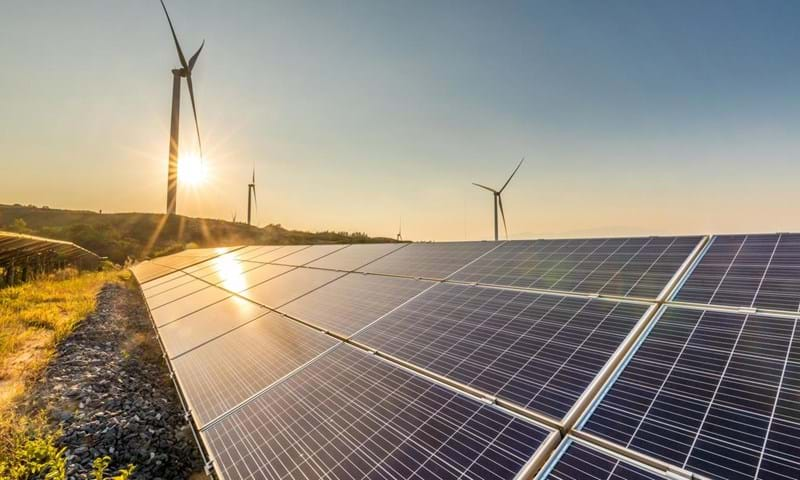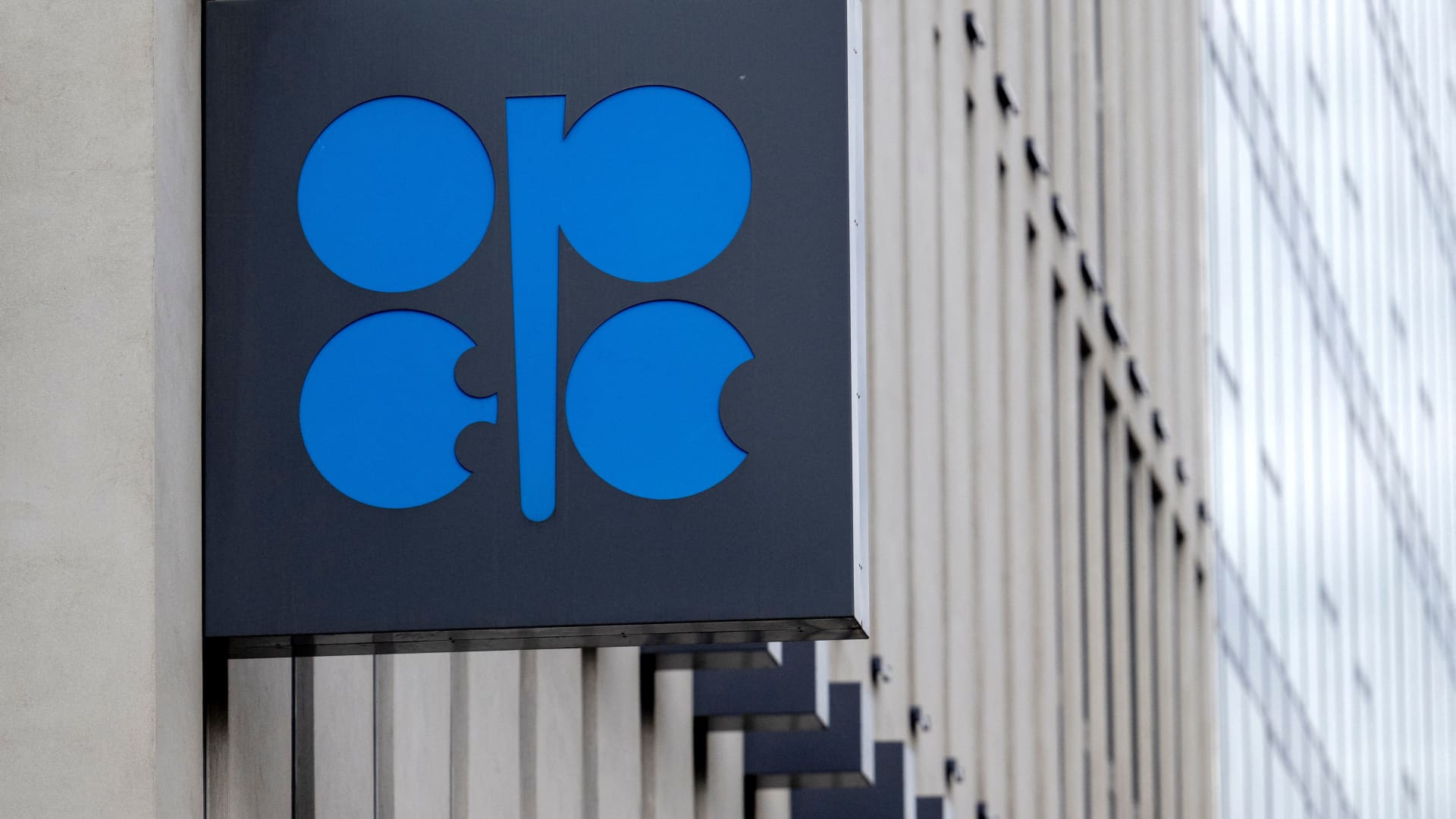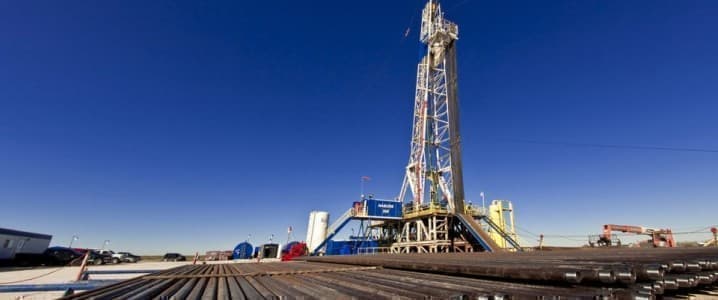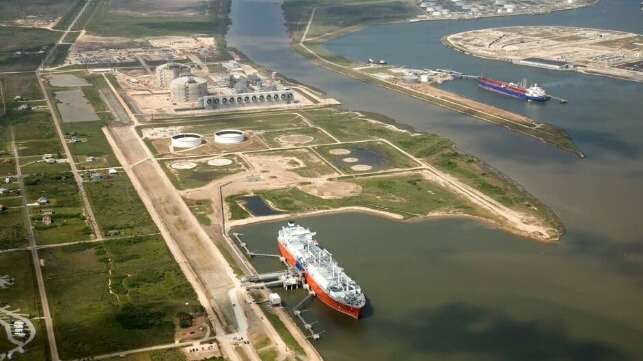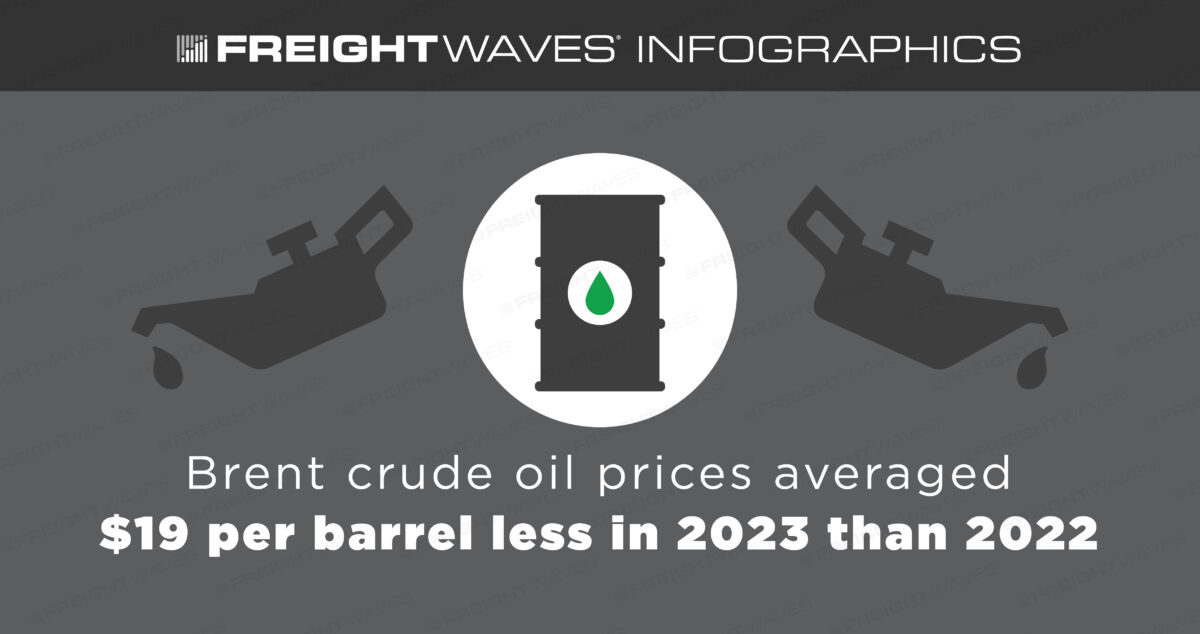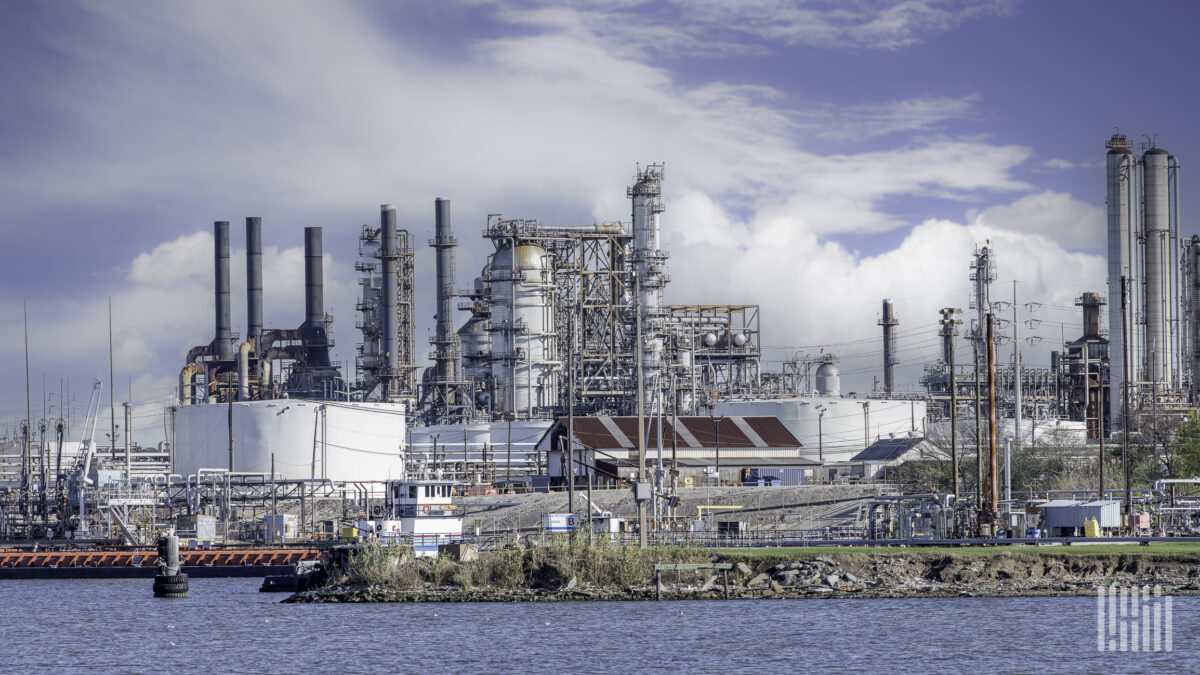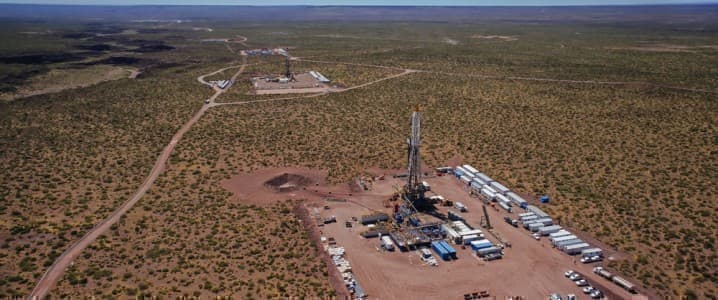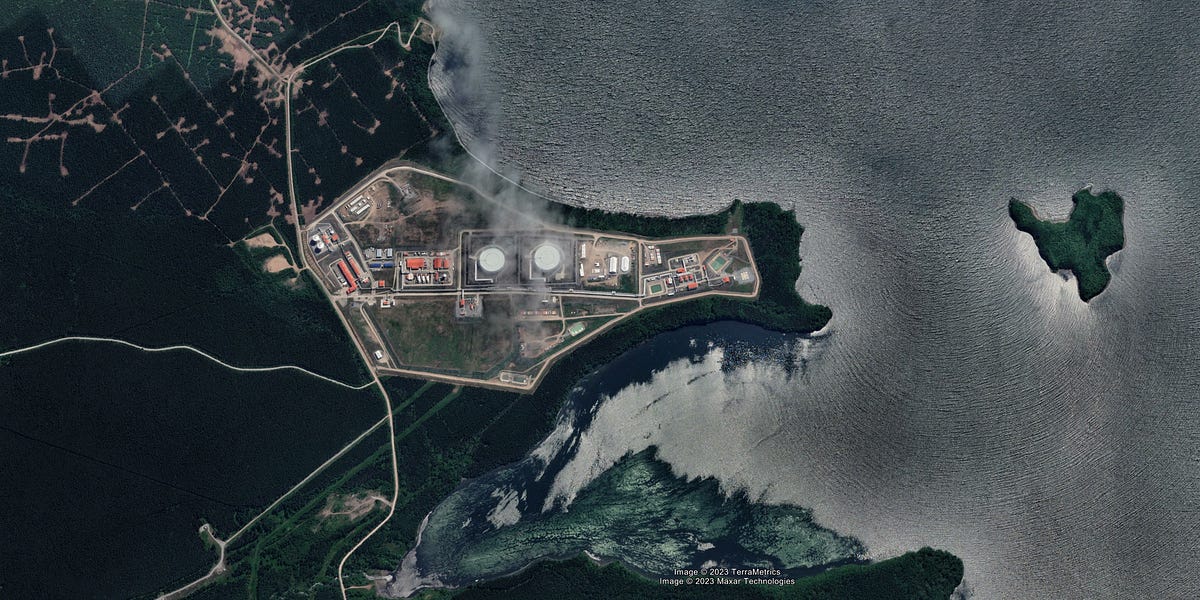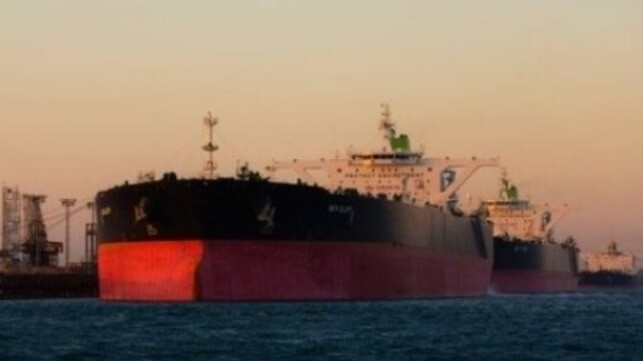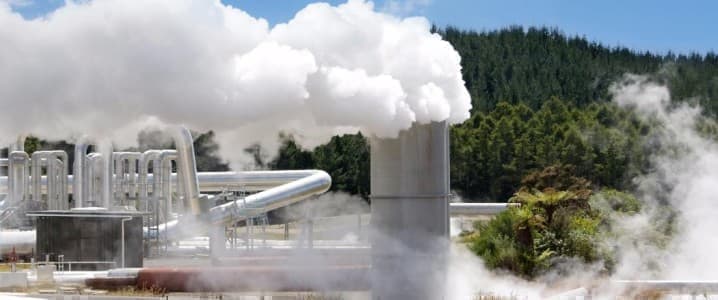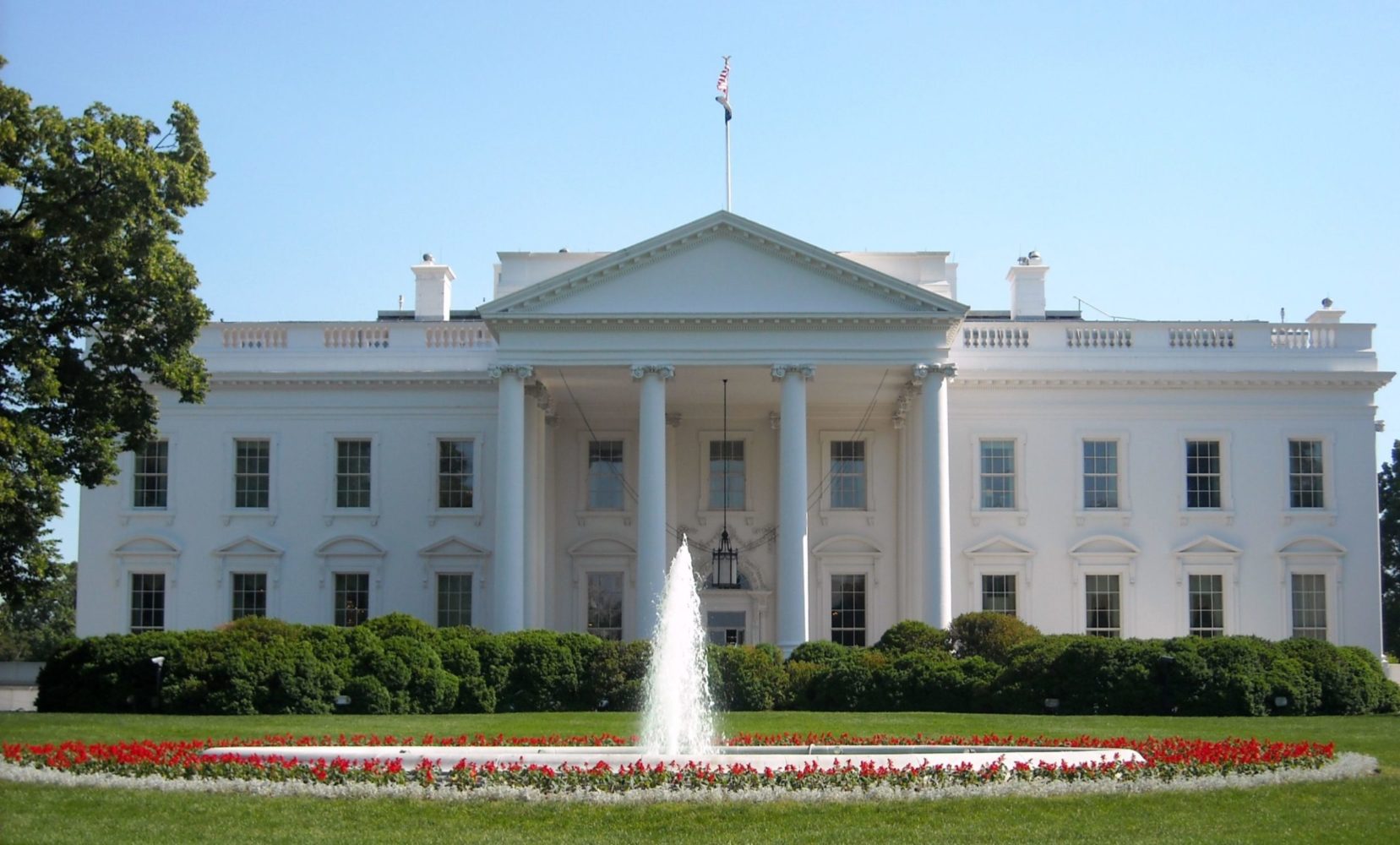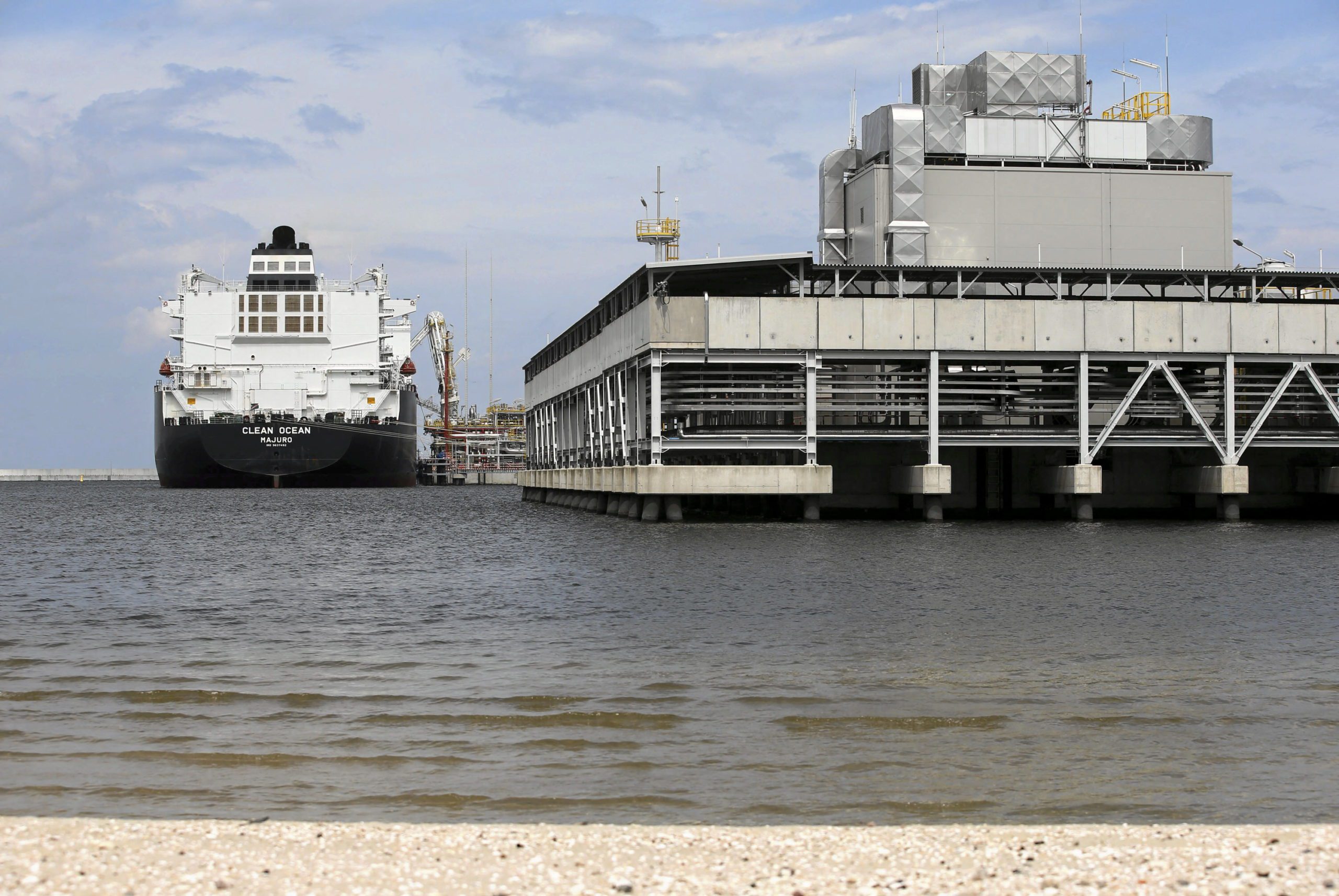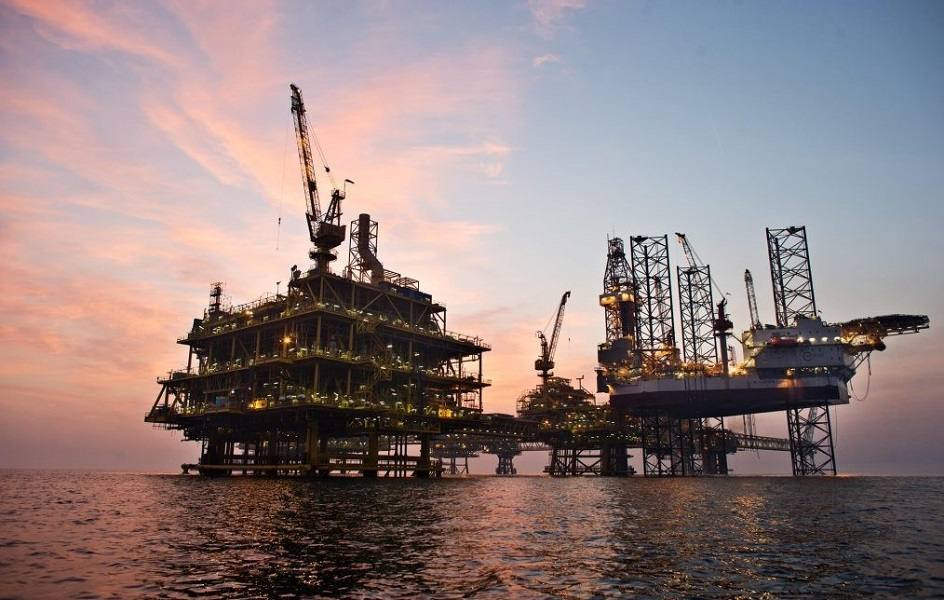- Messages
- 34,563
- Reaction score
- 5,847
- Points
- 288
Big Oil generated $613bn in cash on post-pandemic energy price surge
The record profits and cash flows of the world's biggest oil companies have enabled shareholders to reap significant return while driving a rise in mergers and acquisitions activity, a report has said.BP, Chevron, ExxonMobil, Shell and TotalEnergies, collectively known as Big Oil, generated a combined operating cash flow of $613 billion between January 2021 and September 2023, Moody’s said in a report last week.
Brent crude, the benchmark for two thirds of the world’s oil, soared to about $140 a barrel after Russia’s invasion of Ukraine last year.
Oil prices have since nearly halved amid demand concerns and an ease in supply restrictions.
More:
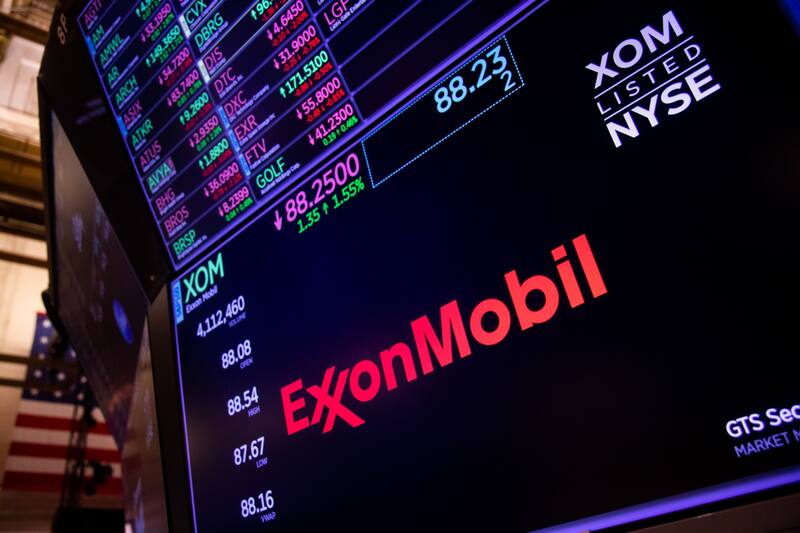
Big Oil generated $613bn in cash on post-pandemic energy price surge
The share buybacks of the world's biggest five crude companies hit a record $57 billion last year

